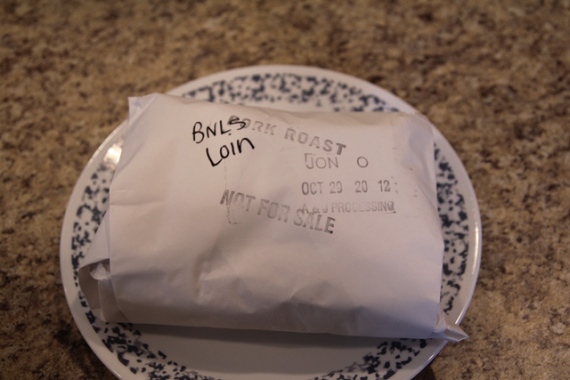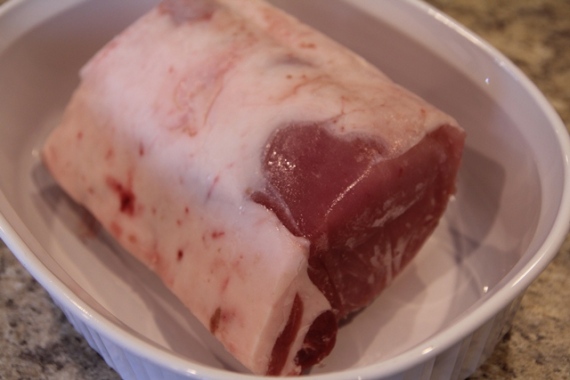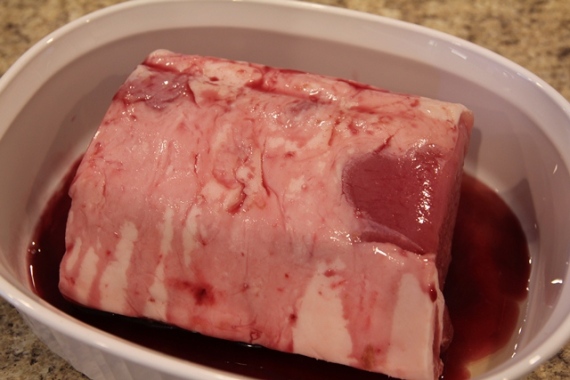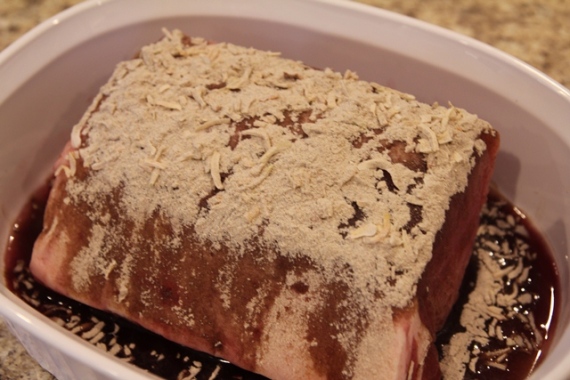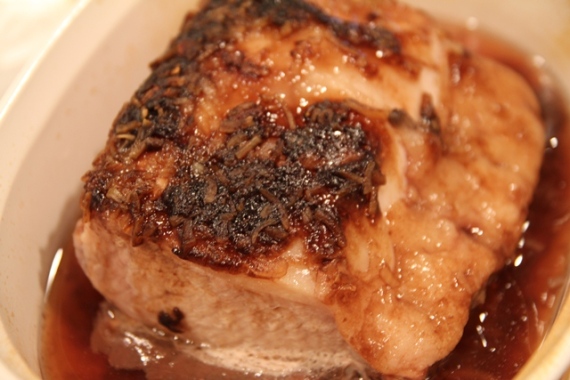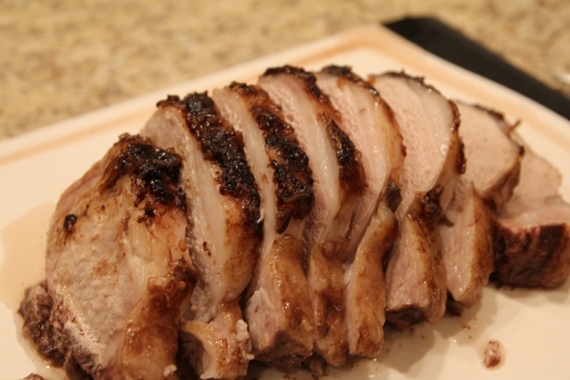
Last week, Jonathan and I had a Farmland ham. Even though it was a half ham, we were able to enjoy it in many forms throughout the week. We don’t buy our meat from the grocery store very often, because we raise pigs on our farm and have some of that meat in our freezer.
The pigs we raise on our farm are owned by our neighbor. We own the buildings, care for the pigs and use the manure to fertilize our crops. This is a contract finishing system that is popular in Minnesota, Iowa, Nebraska and South Dakota. We have worked with our neighbor since 1992 when we first started raising livestock on our farm. This was about the time that animal scientists realized that keeping pig barns physically distanced from other pig barns kept the animals healthier. Many farmers chose to find other farmers who would be willing to build barns to raise the pigs from 40 pounds to their finished weight of 275.
When pigs come to our farm, they will be within 15 miles of where they were born. We care for them until they leave on the truck to be harvested.
Our farm is located about 100 miles from the Smithfield facility in Sioux Falls, South Dakota. Smithfield is one of the places our pigs go to be harvested and turned into the different types of pork found in your grocery store. The pigs that are brought to that facility come from farms in Minnesota, Iowa, Nebraska and South Dakota. Each of those states is ideal locations to raise pigs as we do. We raise a lot of corn and soybeans here, which is the main part of a pig’s diet and in turn the manure produced from these pigs is a most valuable natural fertilizer for us.
Many are concerned that Smithfield is owned by a Chinese company and are worried that it may affect the quality of the meat. Or, that it won’t affect anyone here, because all the meat comes from China. Some have even said the plant should be permanently closed because of the ownership.
Pork cannot be imported from China for animal health reasons and to protect the health of U.S. pigs. The meat processed at Smithfield is raised here in the Midwest by families like mine, who like caring for animals that will provide meals for so many. Even though the parent company that owns Smithfield is foreign, the economic impact of a permanent closure will be felt by our friends and neighbors and our rural communities. 550 Independent farms supply pigs to this plant, not including the contract growers who feed these pigs, such as Jonathan and myself. The closure would undoubtedly impact us.
The health of the 3,700 workers at the Smithfield plant is essential, and we cannot forget that many there are suffering from COVID-19. During this closure, physical barriers, wash stations, and other modifications are being put in place to improve worker safety further. Along with this and the stringent cleaning regiment of a food processing plant, the workforce should feel very safe. The closure will help to break the cycle of illness among the workers.
From the crop farmers who grow the corn and soybeans to feed the pigs, to the farmers who care for the pigs at each stage from birth to harvest, to the truck drivers who deliver the pigs to the facilities, to the workers who process the pigs into cuts of pork, to the truck drivers who transport the pork to the grocery stores, to the inspectors that inspect every step of this process and to the grocery store workers who stock the meat cases, the supply chain is long. It’s filled with family, friends, and neighbors who rely on each piece to work in sync to keep everyone working and shelves filled.
You also play an important role in this chain. When you purchase pork at the grocery store, you are supporting American farmers, truck drivers, meat processors and grocers. We need you to continue purchasing pork from large grocery stores, small community grocery stores and farmers who raise pigs to sell direct to the consumer. It is safe. It is healthy, and it is raised here at home. #StillFarming
For more information, check out these links:
CDC: https://www.cdc.gov/coronavirus/2019-ncov/index.html
Minnesota Board of Animal Health: https://www.bah.state.mn.us/
Minnesota Department of Health: https://www.health.state.mn.us/diseases/coronavirus/index.html
USDA-APHIS: https://www.aphis.usda.gov/animal_health/downloads/animal_diseases/swine/usda-industry-prevention-points.pdf
FDA: https://www.fda.gov/food/food-safety-during-emergencies/food-safety-and-coronavirus-disease-2019-covid-19



